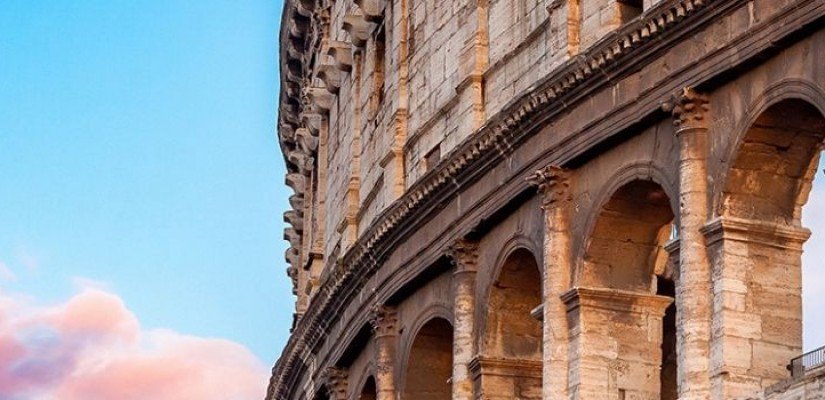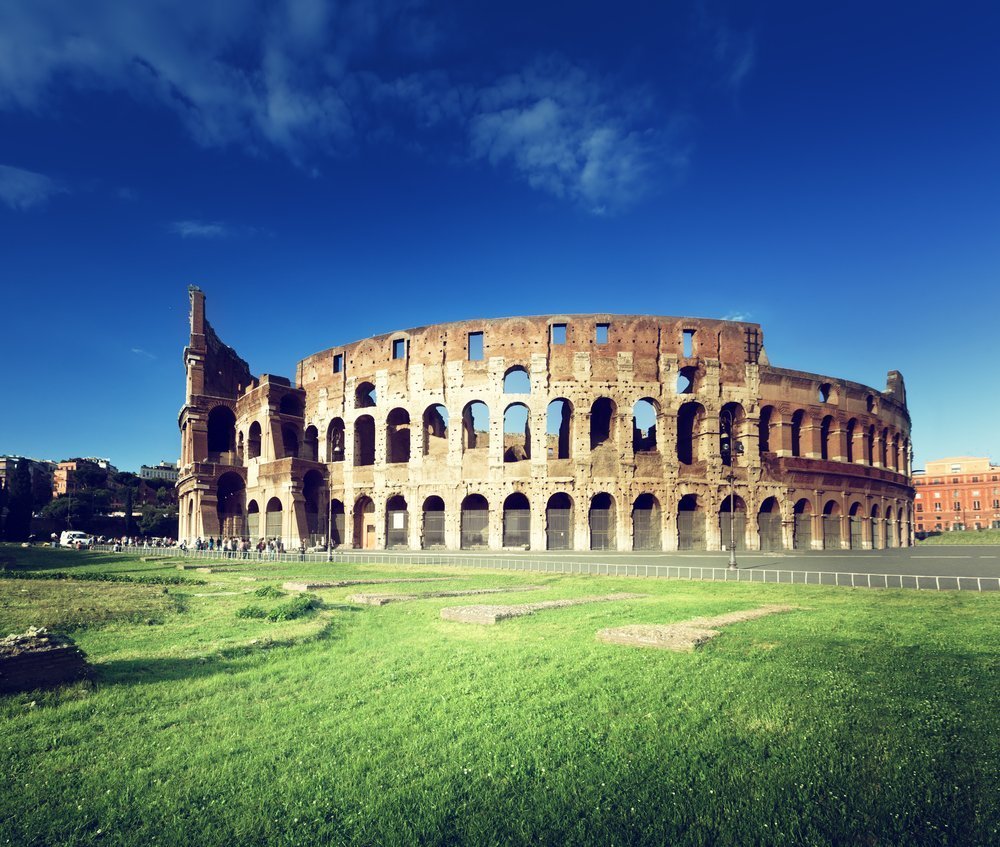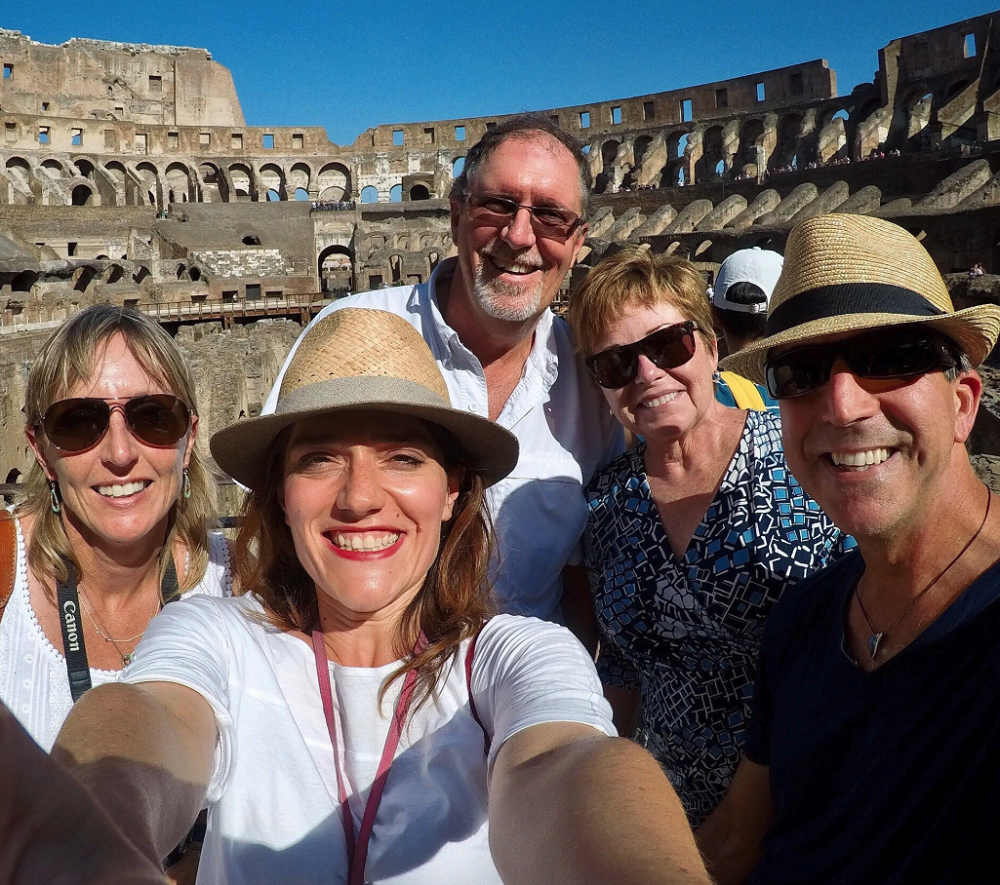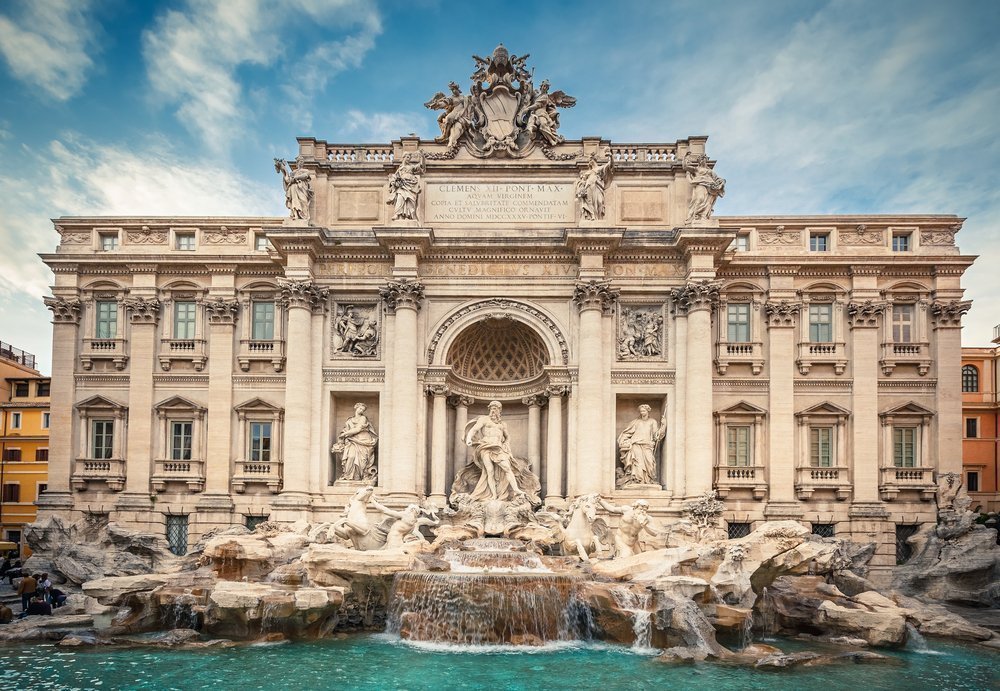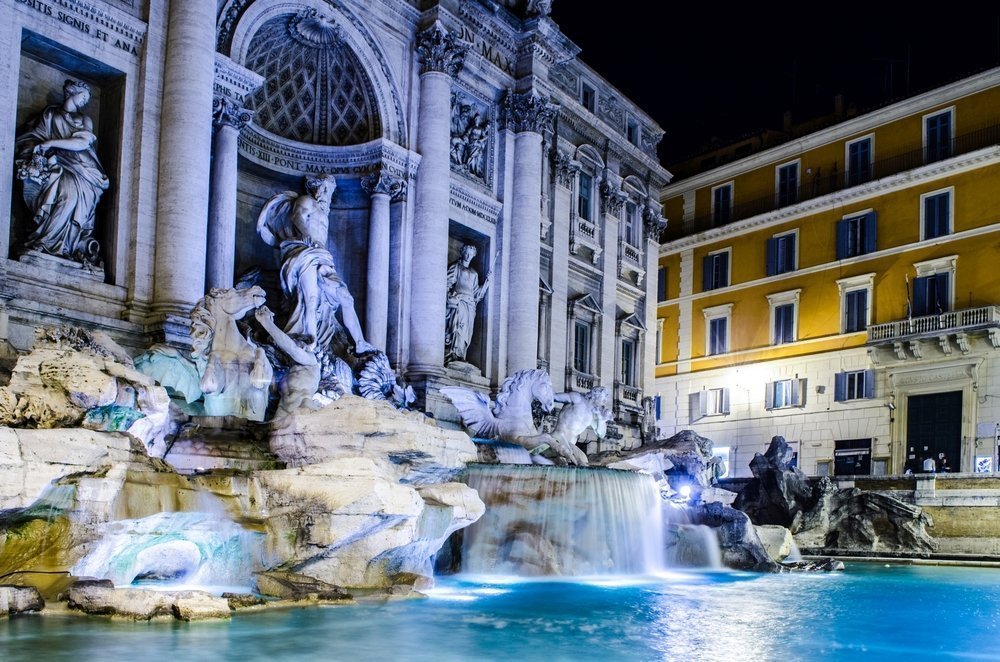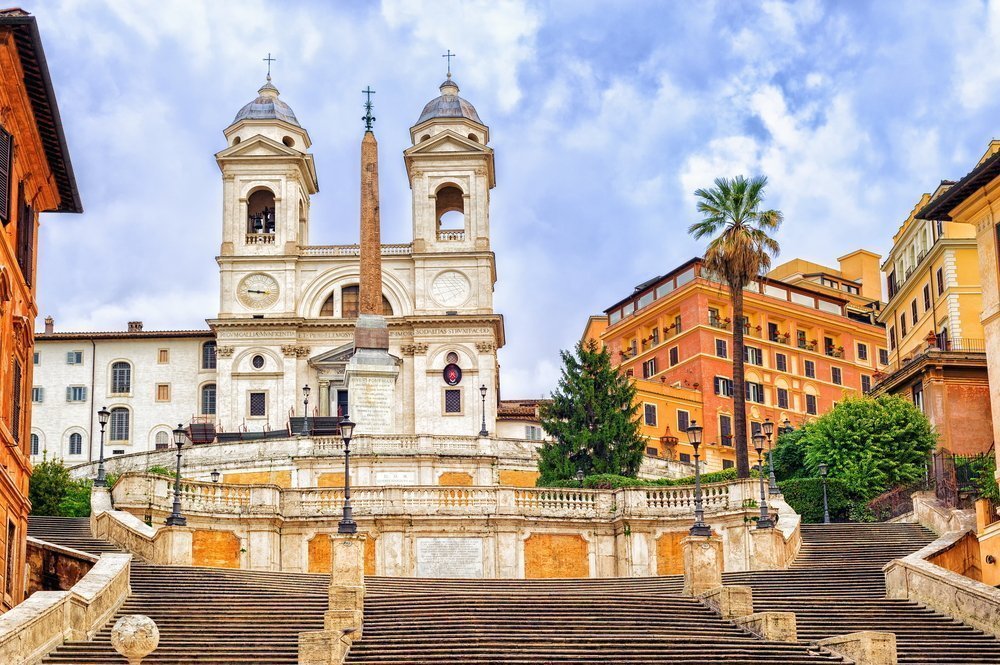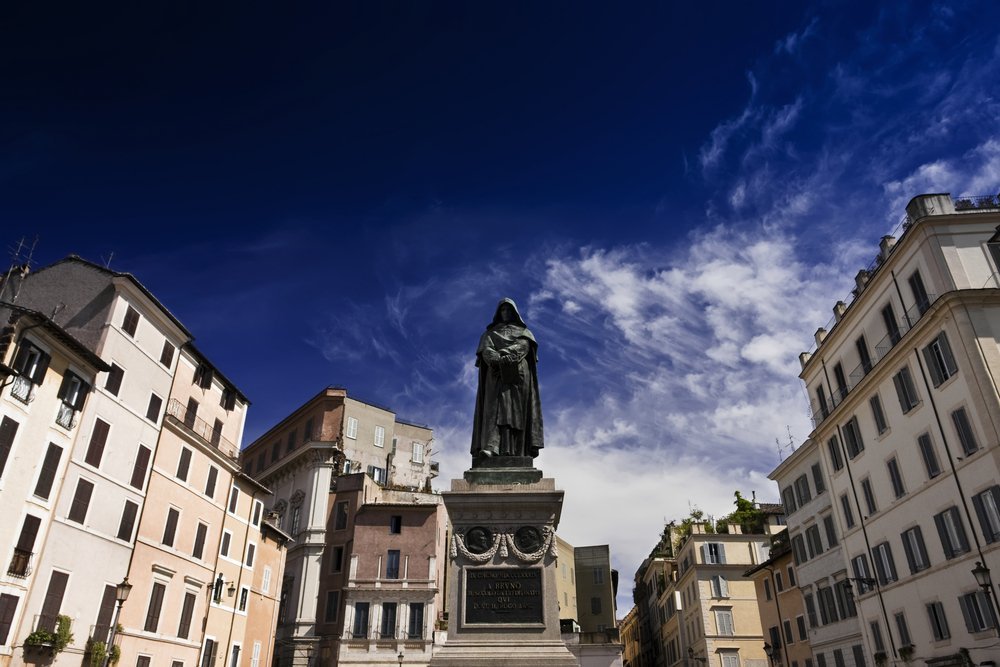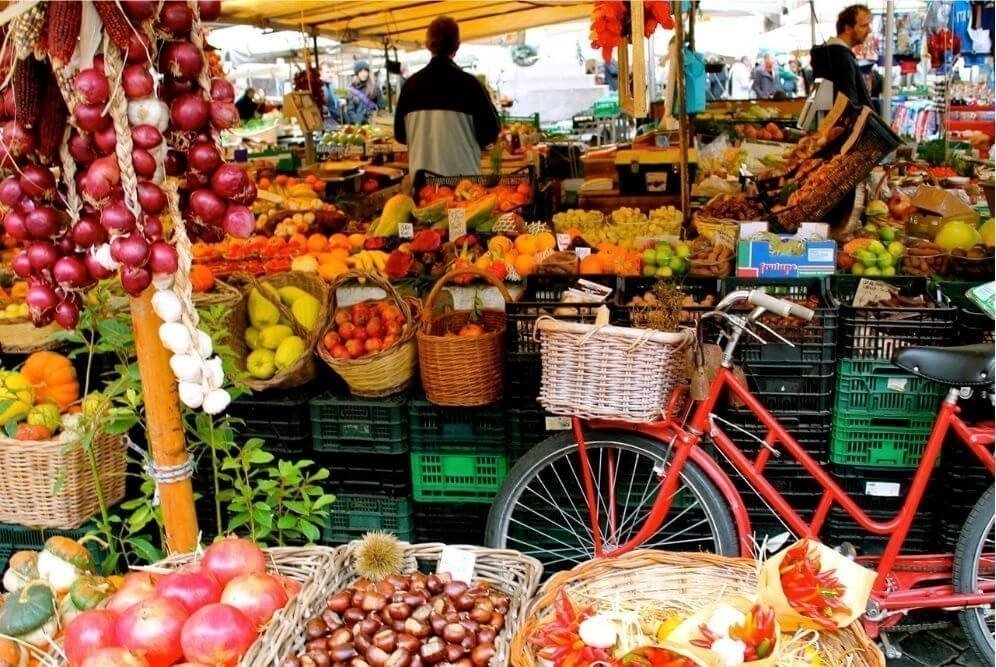Rome is an open-air museum, shining with countless architectural treasures that represent the best of several epochs of Italian art. Visitors to Rome come to see its main attractions, amphitheatres, fountains, squares and neighborhoods that make the city great.
Below are some of Rome’s most iconic places that are not to be missed on any trip to Rome.
The Colosseum
Today we call this famous structure the Colosseum, but when it was first built in the 70s AD it was known as the Flavian Amphitheatre. During the Roman Empire, the Colosseum housed a range of entertainment for its visitors. It was the place where gladiators famously fought, where wild animals were hunted and where naval battles were re-enacted.
As a source for entertainment, the Colosseum fell with the fall of the Roman Empire. But some medieval stories describe the Colosseum as the entrance to hell and say that the souls of those who rest there never found eternal peace.
Today the Colosseum has been preserved as the largest amphitheater in the world, and welcomes as many as four million visitors each year.
Here are our most popular Colosseum tours (all with skip-the-line access):
- Colosseum Underground by Night and Ancient Rome
- Colosseum Underground and Roman Forum
- Colosseum, Roman Forum, and Palatine Hill
–> Click here to learn more about the Colosseum
Trevi Fountain
The Trevi Fountain is the most famous fountain in Rome, and was designed by Nicola Salvi in 1732. But this fountain’s water source dates back much earlier to 19 BC. The water in the Trevi Fountain, used by the ancient Romans, comes from one of the city’s oldest aqueducts, the Aqua Virgo.
Designed in the Baroque style, the Trevi Fountain showcases the central statue of Neptune driving a chariot of sea horses. Along with the other statues of Abundance and Health, these figures are used to describe the fountain’s theme, the “Taming of the Waters“.
The Trevi Fountain is also known today for its connections to famous films, such as La Dolce Vita. But most come to the here to throw a coin in the fountain, hoping to return to Rome in the future.
Here are our most popular tours covering the Trevi Fountain:
- La Dolce Vita Stroll
- Rome by Night
- Movie Set Tour
- Monuments Talk
- Raiders of Rome: a Treasure Hunt in the Eternal City
–> Click here to learn more about the Trevi Fountain
Spanish Steps
Dating back to 1725, the Spanish Steps were designed by the architect Francesco de Sanctis, who created this design of the winding 138 steps that lead to the church of Santa Trinità dei Monti. Also centered at the base of the steps is the Fontana della Barcaccia, a fountain added in in 1627 and sculpted by Gian Lorenzo Bernini.
Although the project was mostly funded by a French diplomat, the Spanish Steps are connected to Spain because of how close the square is to the Spanish embassy, which has been there since the seventeenth century.
Today the Spanish Steps are a symbol of Roman fashion. Bordering the Piazza di Spagna is one of the major shopping districts in Rome, including famous Italian brands that are known throughout the world.
Here are our most popular tours covering the Spanish Steps:
- La Dolce Vita Stroll
- Rome by Night
- Movie Set Tour
- Monuments Talk
- Raiders of Rome: a Treasure Hunt in the Eternal City
–> Click here to learn more about the Spanish Steps
Campo de’ Fiori
Campo de’ Fiori is a popular square in Rome, with its markets filling up the square during the day, and its variety of restaurants, bars, and terraces at night. But in contrast to its lively appearance today, the Campo de’ Fiori also has a dark history of its own.
As an unused and churchless area in the Middle Ages, Campo de’ Fiori was the place for many public executions. Giordano Bruno, a philosopher and Dominican friar, was one that met his fate in the square after he was accused of heresy by the Catholic Church in 1600. Today, a statue of Bruno is placed at the center of the square, where he has been defiantly facing the Vatican since 1889.
But visitors to the Campo de’ Fiori today can come and experience a beloved square featuring a bustling marketplace, artisan shops, and the ancient Roman fountain, La Terrina.
Here are our most popular tours covering Campo de’ Fiori:
- Trastevere Food Tour
- Roman Street Food Tour
- Monuments Talk
- The Lives and Scandals of the Borgia Family
- Appian Way Bike Tour
Here are our most popular food experiences:
- Market Tasting with Pasta-Making Class
- Farmers’ Market Shopping with Roman Full Course Cooking Class
- Farmers’ Market Shoping with Parmigiana and Gnocchi Class
–> Click here to learn more about Campo de’ Fiori

